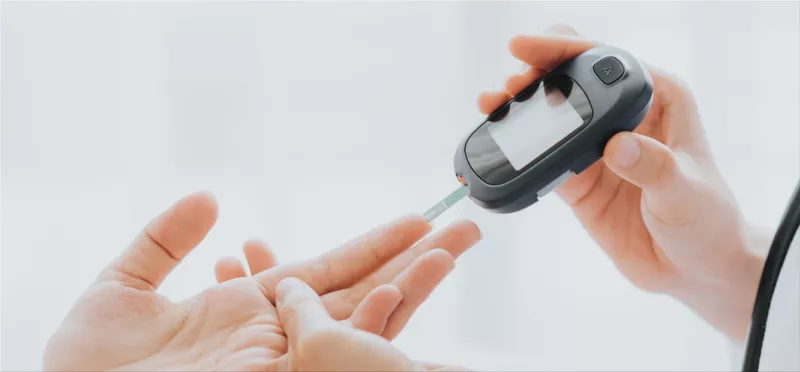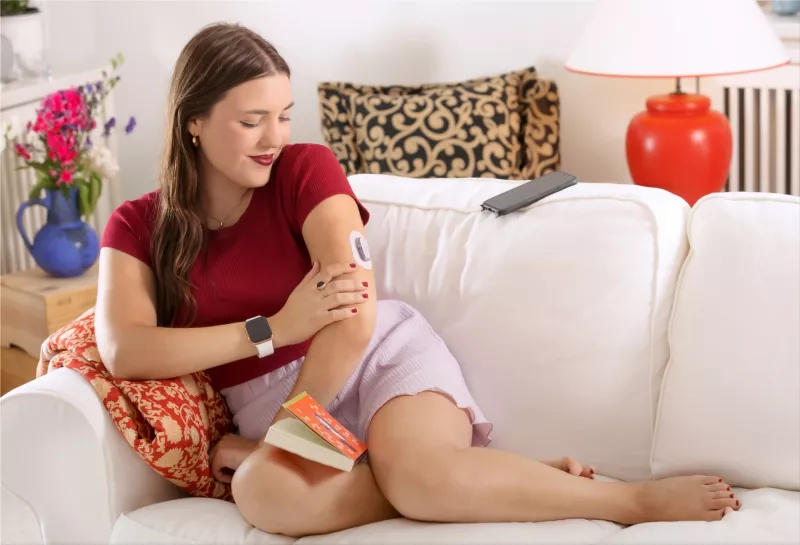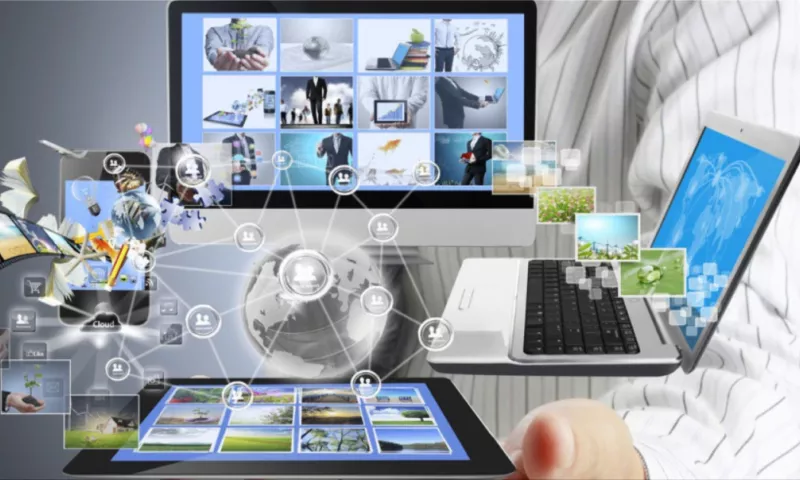Millions of people have diabetes and are unaware of it. High blood sugar may not hurt at first, but it is dangerous: people with diabetes die five to 10 years sooner, mainly owing to a late diagnosis. That is why, on November 14, 2021, World Diabetes Day will call attention to this issue with the phrase "Access to Diabetes Care - If Not Now, When?" It is also Frederick G. Banting's birthday, who developed insulin in 1921.
People with diabetes must maintain a careful watch on the effects of their lifestyle to keep their glucose levels as near to their particular target range as feasible. For example, why do my blood sugar levels skyrocket after I eat? What effect does exercising in the morning or evening have? What does this have to do with my menstrual cycle? A few years ago, the effects of lifestyle on glucose levels could only be theorized because few glucose measurements were available for interpretation. That has changed as of today.














